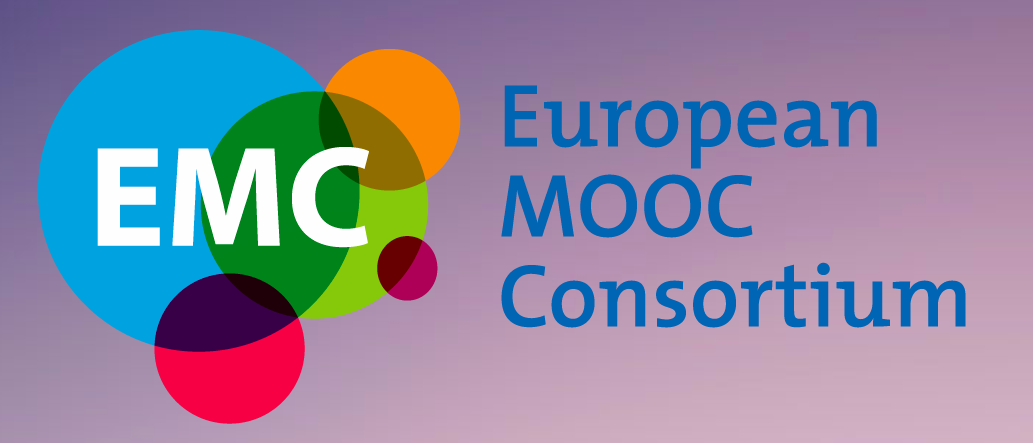In 2013 the Hewlett-funded OER Research Hub Project created a bank of survey questions to test eleven hypotheses related to the impact of OER use on teaching and learning. In the two years that followed, a number of bespoke surveys were designed and administered in collaboration with the Flipped Learning Network, Vital Signs, the Community Colleges Consortium for Open Educational Resources, OpenLearn, Saylor Academy, OpenStax, BCcampus, Siyavula, School of Open-P2PU and CoPILOT. Responses from each survey were then combined into a larger dataset to allow for comparison and in-depth examination. The final dataset is comprised of 7,498 cases –44.4% informal learners, 28.4% formal learners, 24.3% educators and 2.9% librarians.
The current report, first in a series of three, presents a frequencies analysis of responses from informal learners, i.e. those learners not registered on a course of study at an educational institution.
Some key findings:
- A majority of informal learners using OER are full-time employed and already hold an educational qualification
- Cost is the most important factor driving adoption of OER by informal learners
- Relevance to one’s particular needs and clear learning objectives guide informal learners’ selection of open content
- Few (13.9%) informal learners are mindful of open licenses allowing adaptation when selecting OER
- Discoverability of resources, quality and subject coverage are the most pressing challenges faced by informal learners using OER
- 91.5% of informal learners are likely to continue using OER
- A quarter of respondents declare their inclination to go into formal education after using OER
The full dataset has been anonymised and is available for download under a CC BY license here.
We hope these findings and this format will be useful and of interest to those in the OER field, and would welcome any feedback. Similar reports on formal learners and educators use of OER will follow.
Featured Image by janneke staaks CC BY-NC 2.0







Leave A Comment